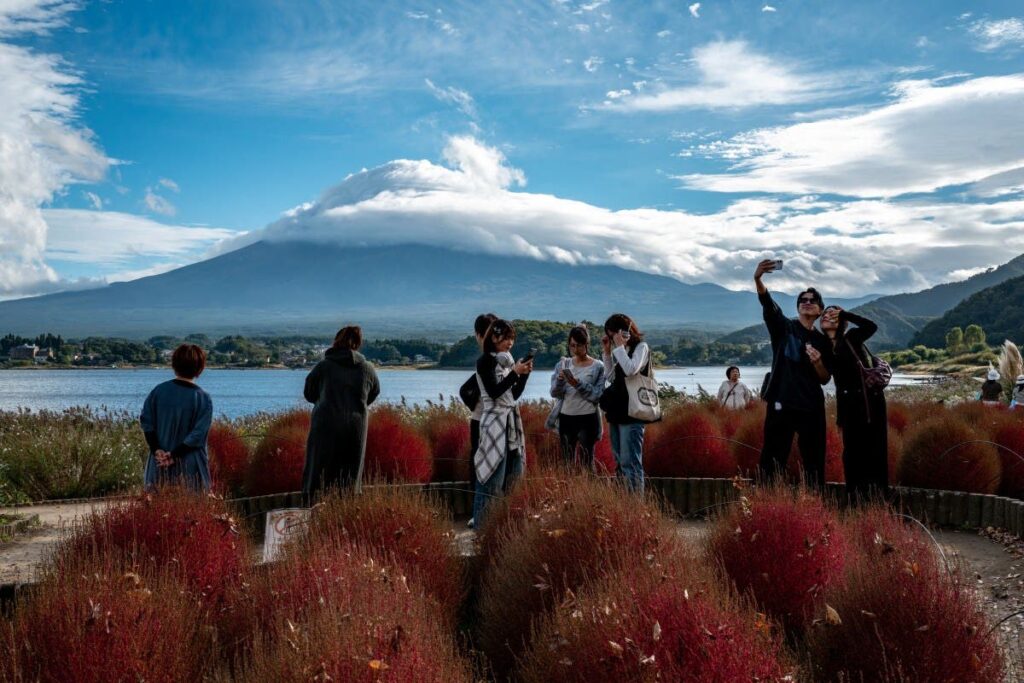Japan hit another immigration milestone this year, with foreign residents in 27 municipalities now comprising over 10 percent of the local population, according to new government statistics.
Why It Matters
Immigration to Japan has risen sharply since the end of the COVID-19 pandemic, reaching a record 3.9 million, or about 3 percent of the population, by June. Tokyo has quietly loosened visa rules for workers in key industries such as manufacturing, agriculture, and caregiving amid labor shortages driven by a falling birth rate and declining interest among Japanese workers.
But the influx into what has long been one of the world’s most ethnically homogenous societies—alongside record tourist arrivals—has drawn public backlash, underscored by the election last month of Prime Minister Sanae Takaichi, who made these concerns a focus of her campaign.
Newsweek reached out to Takaishi’s office by email with a request for comment.
What To Know
Out of Japan’s 1,892 municipalities, foreign residents comprised more than 10 percent of the population in 27 cities, towns, villages, and wards across 13 prefectures as of January, according to data released Sunday by the nationwide resident registration system overseen by the Ministry of Internal Affairs and Communications.
The village of Shimukappu in Hokkaido, the northernmost of Japan’s four main islands, topped the list with 36.6 percent foreign nationals, followed by Akaigawa Village—also in Hokkaido—at 35.3 percent, and the city of Osaka’s Ikuno Ward with 23.3 percent.
The 27 municipalities included industrial areas, tourist destinations, and long-established foreign communities, Kyodo News reported.
Among Tokyo’s 23 special wards, Shinjuku—one of the capital’s busiest commercial and administrative centers, popular with tourists and known for its nightlife—had the highest proportion of foreign residents, at 13.6 percent.
Takaichi has pledged a crackdown on illegal immigration and visa overstays, new restrictions on foreign land purchases (particularly by Chinese nationals), and tighter border controls. She has also repeated unsubstantiated claims about rising crime among foreigners, though government statistics show such offenses have declined in recent years.
On Tuesday, during the inaugural meeting of a newly formed ministerial council on foreign nationals, Takaichi directed officials to accelerate talks on related issues, including visa adherence and land ownership rules.
What People Are Saying
Jeffrey Hall, a special lecturer in Japanese studies at Kanda University of International Studies in Chiba, wrote on X: “Some anti-immigration voters might have thought Takaichi is going to take action to reverse this trend, but it’s highly unlikely she will stop the increase of foreign workers. A portion of Japan’s foreign workers are here temporarily, but the data shows that an increasing number are choosing to settle in Japan.”
Takaichi said during Tuesday’s meeting, per the Asahi Shimbun newspaper: “A situation is arising in which the public feels unease or injustice in response to illegal activities or deviations from rules by some foreign nationals,” she said at the meeting. “While drawing a clear line against xenophobia, the government will stand firm in responding to such conduct.”
What Happens Next
Japan’s National Institute of Social Security and Population Studies has estimated that foreigners will make up 10.8 percent of the country’s total population by 2070, Kyodo reported.
Read the full article here


